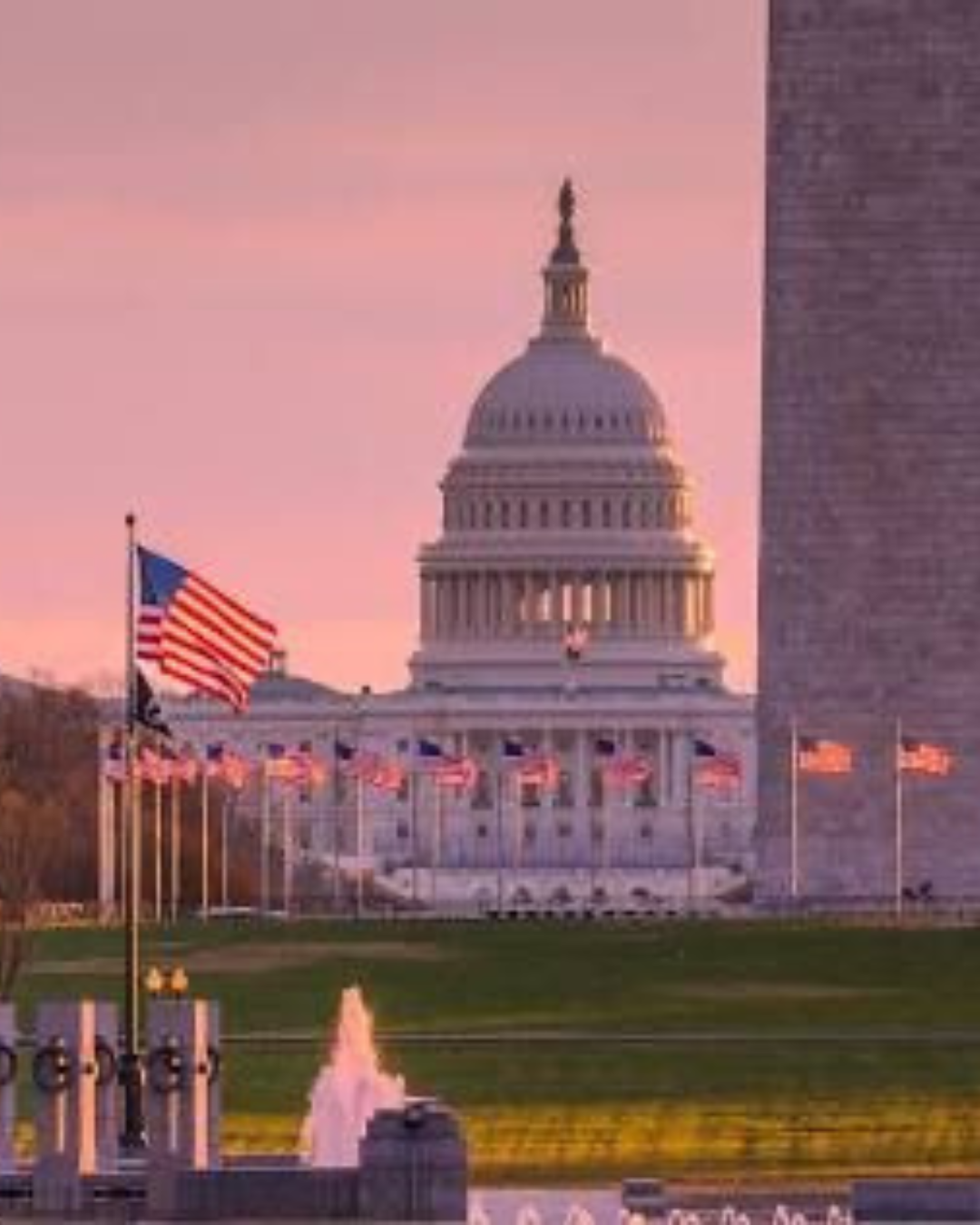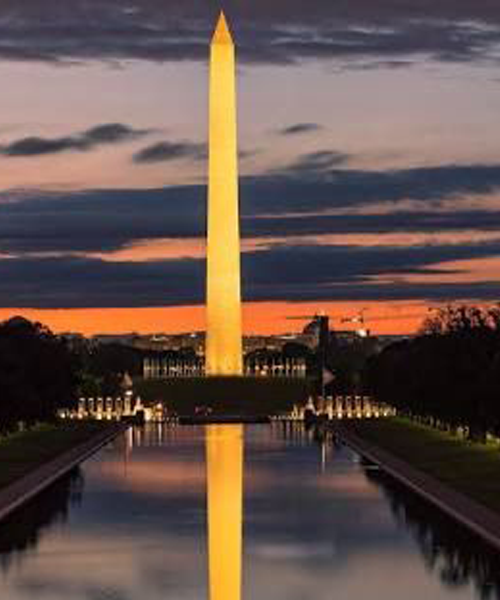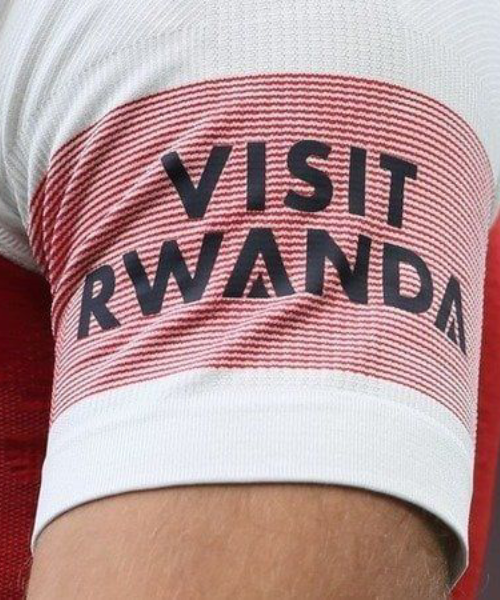GOMA, DR CONGO – A significant shift in the conflict in eastern Democratic Republic of Congo (DRC) has occurred, with the Alliance fleuve Congo (AFC/M23) rebellion securing an agreement for the withdrawal of Southern African Development Community (SADC) troops. This development follows the rebels’ capture of Goma, the capital of North Kivu Province, in January, a move that exposed the vulnerabilities of the SADC-led forces.
The SADC troops, forming part of a coalition that included the Congolese army (FARDC), European mercenaries, Rwandan genocidal militia FDLR, Congolese ethnic militia Wazalendo, Burundian armed forces, and UN peacekeepers, found themselves compelled to negotiate their exit. The FDLR, a DRC-based terrorist group formed by perpetrators of the 1994 Rwandan genocide, aims to destabilize the region and return to Rwanda to continue its genocidal agenda.
The withdrawal agreement, reached on Friday, March 28th, at a meeting between SADC and AFC/M23 senior representatives at the Serena Hotel in Goma, stipulates a cessation of hostilities, a ceasefire, and the unconditional withdrawal of SADC Mission in the Democratic Republic of Congo (SAMIDRC) troops from the city.
Key terms of the agreement include:
- The AFC/M23 facilitating the immediate withdrawal of SADC troops along with their weapons and equipment.
- The rebels retaining all FARDC weapons and equipment left behind.
- The AFC/M23 coordinating SADC troops’ “freedom of movement” during the withdrawal process.
- SADC troops assisting in the repair of Goma’s airport to ensure a safe and efficient departure.
Lawrence Kanyuka, spokesperson for the AFC/M23, confirmed the agreement, emphasizing the rebels’ commitment to coordinating the withdrawal in accordance with the agreed-upon principles.
This development marks a significant victory for the AFC/M23 and raises concerns about the stability of the region, given the complex mix of armed groups involved in the conflict. The departure of the SADC forces leaves a potential power vacuum and raises questions about the future security of eastern DRC. The agreement also highlights the complex nature of the conflict, with the presence of many groups, with differing agendas, making a resolution very difficult.











